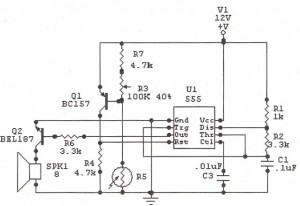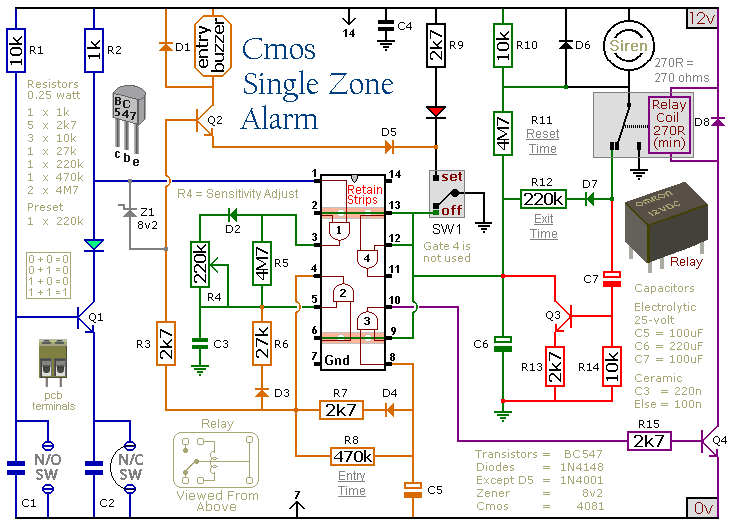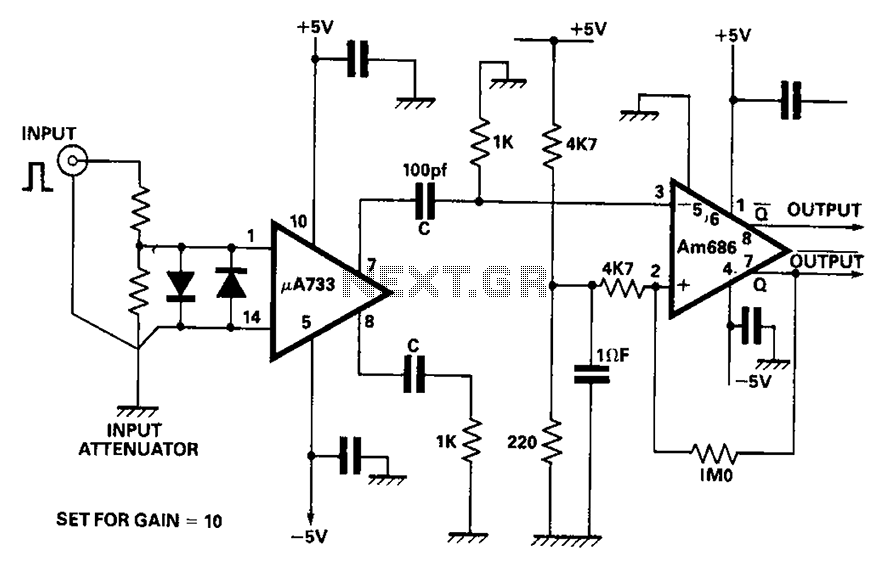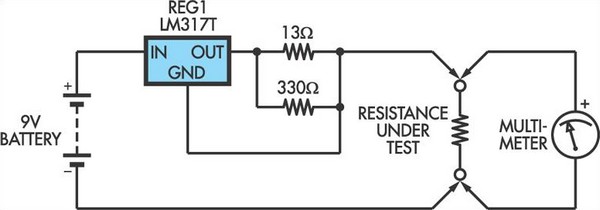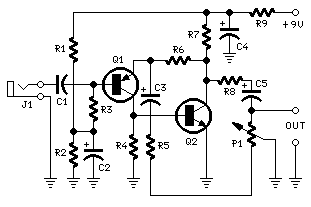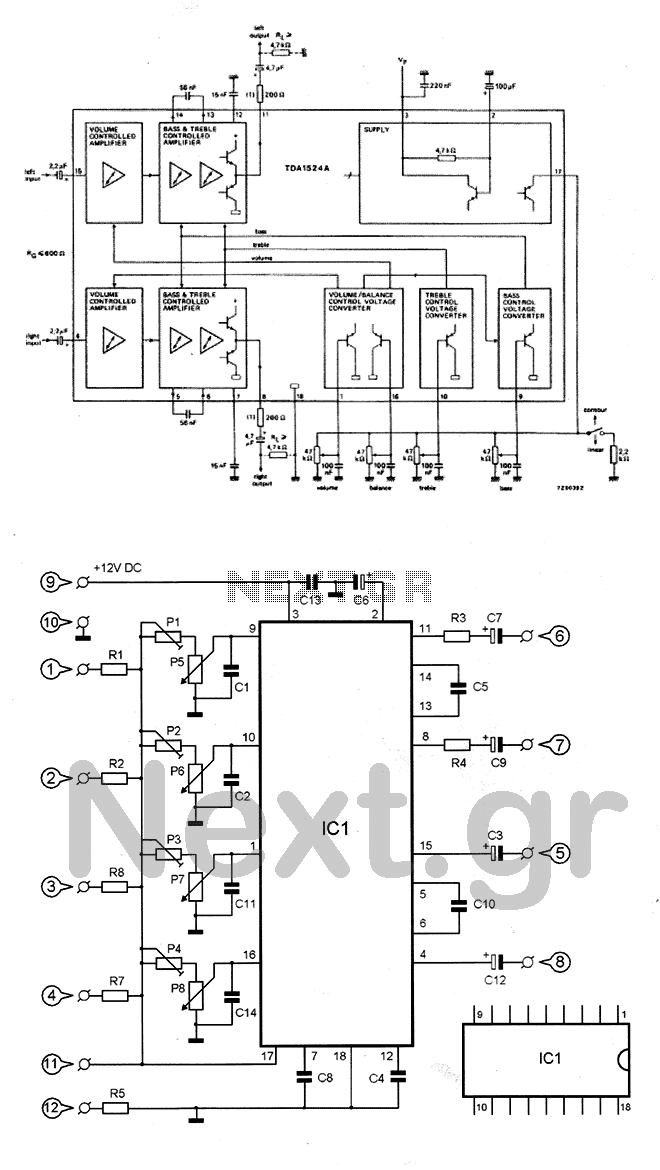
Mono preamp based on a NE5534
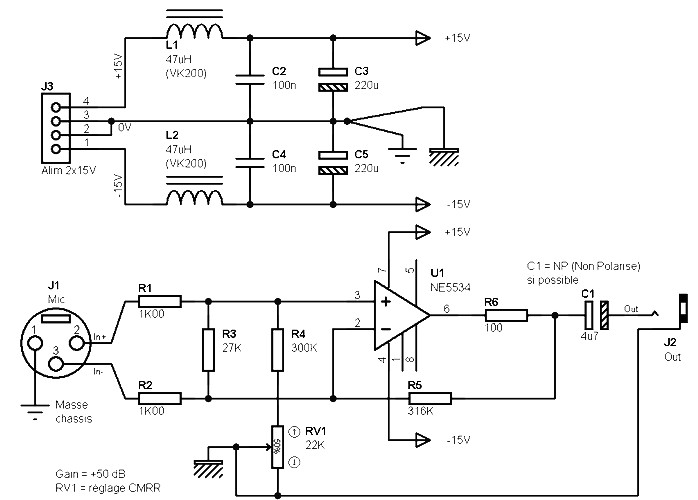
This is a mono preamplifier based on the NE5534 circuit diagram. It is particularly suitable for microphones with an output impedance ranging from 200 ohms to 600 ohms. The preamplifier offers a gain of 50 dB, and its bandwidth (-3 dB) extends to approximately 25 kHz. A split power supply is required.
The NE5534-based mono preamplifier is designed to amplify low-level audio signals, making it ideal for use with dynamic or condenser microphones that have an output impedance between 200 ohms and 600 ohms. The circuit utilizes the NE5534 operational amplifier, known for its low noise and high-speed performance, which contributes to the overall quality of the audio signal.
The preamp achieves a gain of 50 dB, which is suitable for boosting microphone signals to line level without introducing significant distortion or noise. The bandwidth of approximately 25 kHz ensures that the preamplifier can handle a wide range of audio frequencies, making it effective for various audio applications, including recording and live sound reinforcement.
A split power supply is required to power the NE5534, typically providing both positive and negative voltage rails. This configuration allows the op-amp to handle AC audio signals effectively, ensuring that the output waveform remains centered around zero volts, which is crucial for maintaining signal integrity.
The circuit design may include additional components such as resistors and capacitors for setting the gain, filtering, and stability. Proper layout and grounding techniques are essential to minimize noise and interference, ensuring that the preamplifier performs optimally in various environments.
Overall, this NE5534 mono preamplifier is a reliable choice for audio applications requiring high gain and low noise, making it suitable for professional audio equipment and recording systems.Mono preamp based on a NE5534 circuit diagram. This preamp is particularly suitable for microphones with an output impedance of 200 ohms to 600 ohms. The advantage of the preamplifier is 50 dB, and bandwidth (-3 dB) extends to about 25 KHz. The splitted power supply is required. 🔗 External reference
The NE5534-based mono preamplifier is designed to amplify low-level audio signals, making it ideal for use with dynamic or condenser microphones that have an output impedance between 200 ohms and 600 ohms. The circuit utilizes the NE5534 operational amplifier, known for its low noise and high-speed performance, which contributes to the overall quality of the audio signal.
The preamp achieves a gain of 50 dB, which is suitable for boosting microphone signals to line level without introducing significant distortion or noise. The bandwidth of approximately 25 kHz ensures that the preamplifier can handle a wide range of audio frequencies, making it effective for various audio applications, including recording and live sound reinforcement.
A split power supply is required to power the NE5534, typically providing both positive and negative voltage rails. This configuration allows the op-amp to handle AC audio signals effectively, ensuring that the output waveform remains centered around zero volts, which is crucial for maintaining signal integrity.
The circuit design may include additional components such as resistors and capacitors for setting the gain, filtering, and stability. Proper layout and grounding techniques are essential to minimize noise and interference, ensuring that the preamplifier performs optimally in various environments.
Overall, this NE5534 mono preamplifier is a reliable choice for audio applications requiring high gain and low noise, making it suitable for professional audio equipment and recording systems.Mono preamp based on a NE5534 circuit diagram. This preamp is particularly suitable for microphones with an output impedance of 200 ohms to 600 ohms. The advantage of the preamplifier is 50 dB, and bandwidth (-3 dB) extends to about 25 KHz. The splitted power supply is required. 🔗 External reference
Warning: include(partials/cookie-banner.php): Failed to open stream: Permission denied in /var/www/html/nextgr/view-circuit.php on line 713
Warning: include(): Failed opening 'partials/cookie-banner.php' for inclusion (include_path='.:/usr/share/php') in /var/www/html/nextgr/view-circuit.php on line 713
